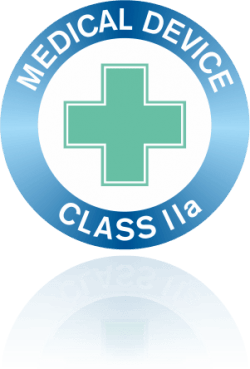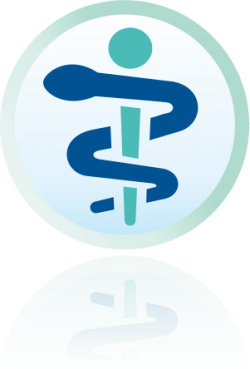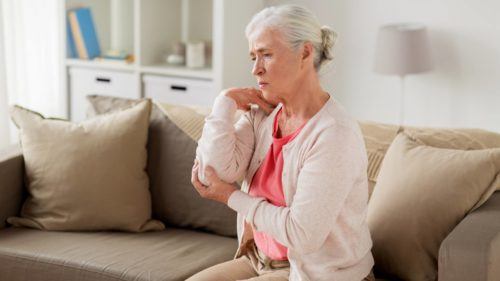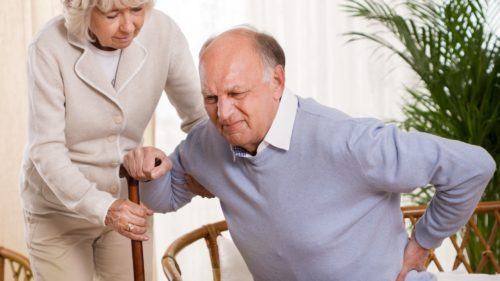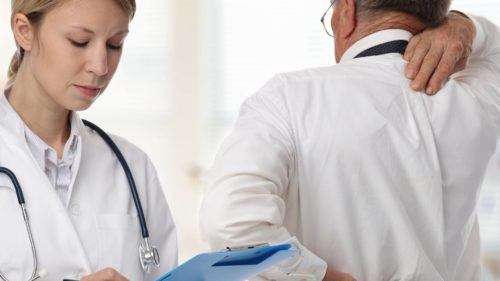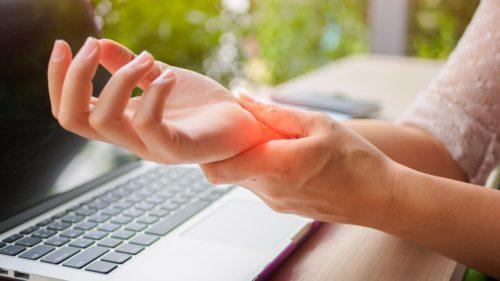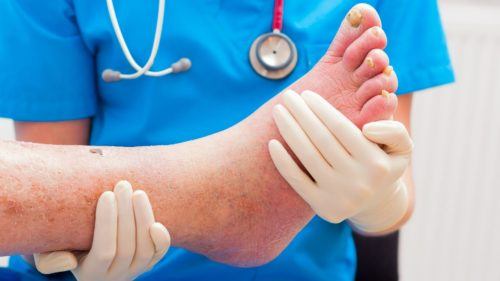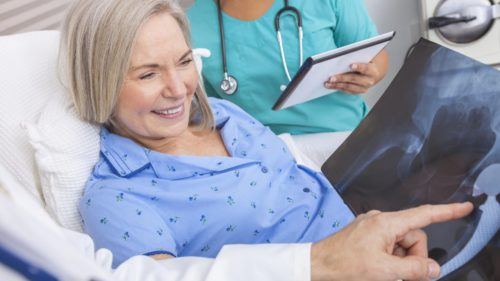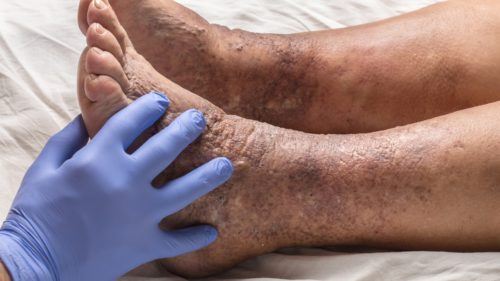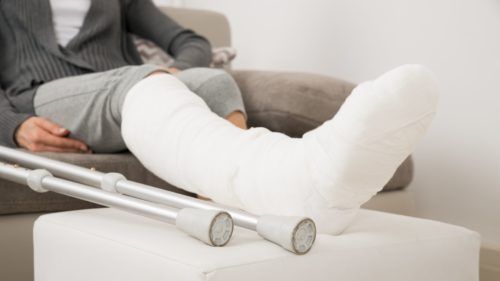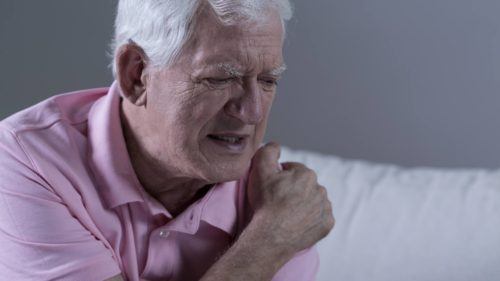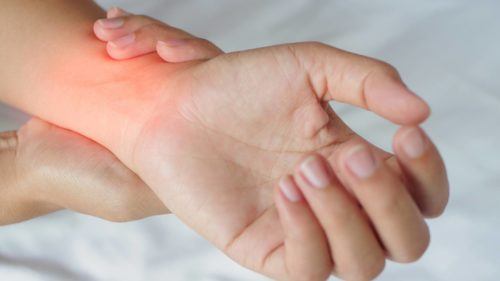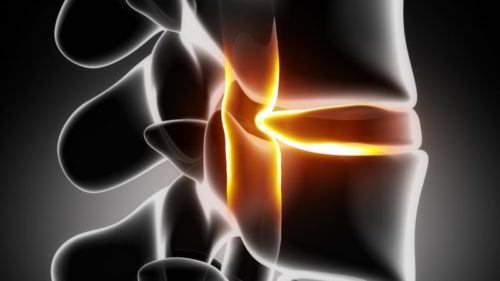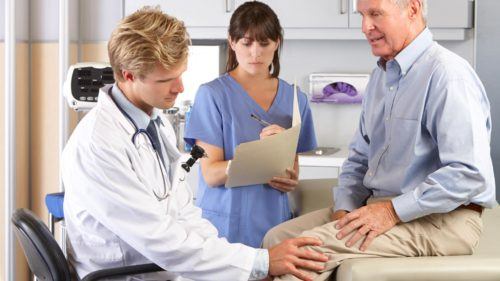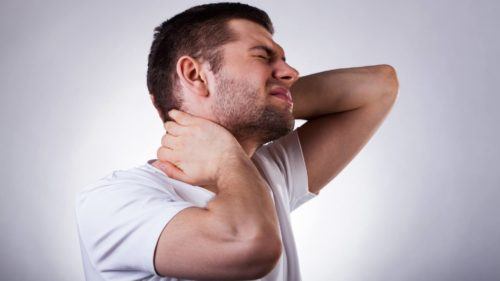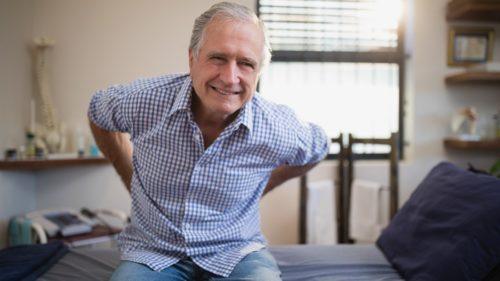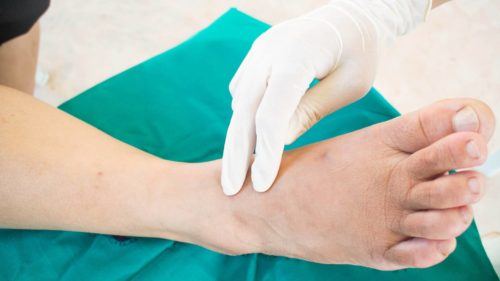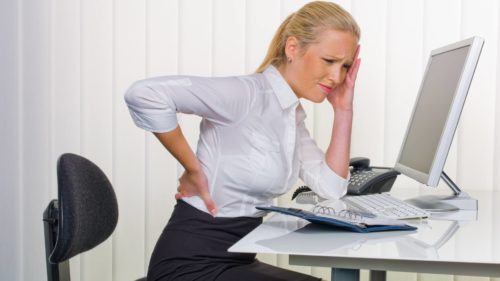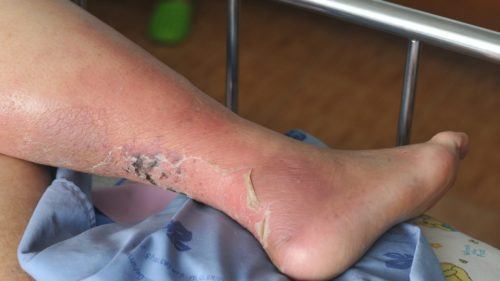Utilising Magnetic Therapy Treatment Effects
Biomag pulsed magnetic therapy devices offer six basic treatment effects. These effects have a wide spectrum of use for supressing symptoms of various health issues.
How do they help?
How to best make use of treatment effects and how to do it more effectively than anywhere else?
Can Biomag devices help you, too?

To get some answers, you can make use of our health advisory centre, use a try out application free of charge or read the following information and overview of health issues that Biomag devices can be used on.
Warning:Do not use this or any other article on the internet to diagnose yourself. Only physicians can correctly diagnose patients. Do not postpone seeing your physician to resolve your health issues in time.
When, and for which health issues (symptoms), can these effects be utilised?
- Analgesic Effect – soothes various kinds of pain.
- Healing Effect – in case when promoting healing, anti-inflammatory and regenerative effects are needed after injury, operation or strain.
- Anti-swelling Effect – when the need for promotion of a reduction in swelling arises.
- Muscle-relaxing Effect – to promote reduction of spasms.
- Vasodilating Effect – for promoting vasodilation and blood perfusion. Vasodilating effect promotes dilation of capillaries and precapillaries which leads to improved microcirculation. Generally, it can be said that improved microcirculation is desirable with many a health issue.
- Metabolic-detoxifying Effect – for promoting metabolic processes and detoxification of the body. It is suitable in cases where metabolic processes and detoxification of the body are necessary.
All the effects can be combined or alternated based on current needs.
Warning : Follow instructions from the user guide and treatment methods as stated by medical specialists.
Important Information
Devices and applicators of Biomag pulsed magnetic therapy are not to be used with any of the following contraindications. Not respecting these contraindications can lead to damaged health of the patient and the device operator!
If unsure whether you understand the following list of contraindications and guidelines of safe operation of the device, use these contacts. You may prevent possible issues.
- Pregnancy
- Pacemaker
- Bleeding disorders
- Menstrual bleeding
- Tumours
- Severe sepsis
- Fevers
- Active Tuberculosis
- Mycosis in the application area
- Seizure disorders
- Hyperthyroidism
- Adrenal gland hyperfunction
- Myasthenia gravis
- Disorders of the hypothalamus and pituitary gland
- Psychoses
- Pain of unknown origin
- Undetermined diagnosis
- Contradiction to treatment recommended by a physician
If you own the AL16-LUM polarised light applicator, further contraindications are:
- Shining directly in one’s eyes (applicable in case of applying polarised light)
- With metabolic disorders, where skin becomes photosensitive and while using photostimulating substances (applicable in case of applying polarised light)
Side effects:
While applying treatment, special caution should be paid to patients with hypertension and hypotension (or with predisposition to it).
Individual effects and using magnetic therapy need to be judged upon particular conditions and reactions of individual patients.
In case of unexpected reaction, immediately cease application! Proceeding with application is recommended only after seeing your attending physician based on the recommended course of action.
This list of contraindications is only general. Always heed list of contraindications in the updated version of the original guide. This guide was provided to you by the producer along with your device.
Description and Treatment of Selected Health Issues
Are you interested in more detailed descriptions of various health issues and their most common treatment methods? Under the links below, you can find information about the benefits of pulsed magnetic therapy.
- pain
- poor blood perfusion
- inflammation
- pain
- inflammation
- pain
- swelling
- inflammation
Important information
Carefully read the user guide provided by the producer and consult a physician about your health before using any medical device.

